In industrial environments, the risk of acid spills is a constant concern. Whether it’s a bustling laboratory experimenting with corrosive chemicals or a factory processing harsh substances, a single spill can lead to costly damage, safety hazards, and operational downtime. This is where acid-resistant tiles step in as a game-changer. These specialized tiles are designed to withstand the destructive power of acids, ensuring both industrial safety and durable flooring that stands the test of time. From laboratories to factories, their role in protecting people, equipment, and infrastructure is invaluable.
This comprehensive guide explores the journey of acid-resistant tiles from lab to factory, delving into their composition, applications, benefits, and practical considerations. Whether you’re a facility manager, safety officer, or business owner, you’ll discover why these tiles are an essential investment for any setting where acid exposure is a risk. We’ll cover everything from how they work to how to choose, install, and maintain them—complete with real-world insights and actionable advice. Let’s dive into the world of chemical-resistant flooring and see why it’s a cornerstone of modern industrial design.
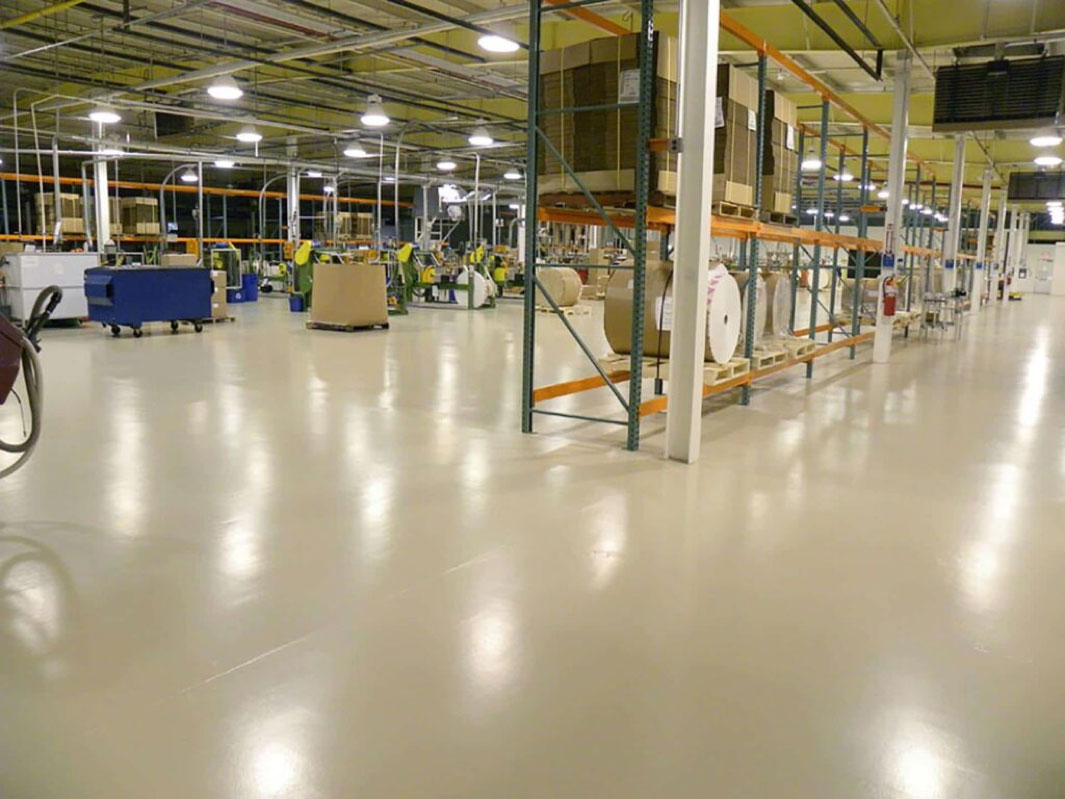
What Are Acid-Resistant Tiles?
Understanding the Basics
Acid-resistant tiles are a type of flooring material engineered to resist corrosion from acidic substances. Unlike standard tiles, which might crack or erode when exposed to chemicals, these tiles are built to endure harsh environments. They’re commonly made from materials like ceramic, porcelain, or specialized composites that have low porosity and high chemical resistance. This makes them ideal for places where acids—such as sulfuric, hydrochloric, or nitric acid—are handled regularly.
Why They Matter
In settings like laboratories and factories, acids can wreak havoc on ordinary flooring. Over time, spills can degrade surfaces, leading to cracks, stains, or even structural damage. Acid-resistant tiles act like a shield, protecting the floor and preventing costly repairs. Beyond durability, they contribute to industrial safety by reducing slip hazards and ensuring a stable surface, even after exposure to corrosive substances.
Key Properties
- Chemical Resistance: They withstand acids with pH levels as low as 1 without breaking down.
- Durability: Designed to last for decades with proper care.
- Low Maintenance: Easy to clean and resistant to staining.
- Versatility: Available in various styles to suit different aesthetic needs.
These properties make acid-resistant tiles a practical choice for any industrial environment prioritizing safety and longevity.
Applications in Laboratories
Protecting Against Common Acids
Laboratories are hotspots for acid use. From chemical research to pharmaceutical development, scientists handle substances like hydrochloric acid (used in titrations) and sulfuric acid (common in synthesis). Without proper flooring, a spill could damage the lab’s foundation or create unsafe working conditions. Acid-resistant tiles provide a reliable barrier, ensuring that even aggressive acids don’t compromise the workspace.
Safety Benefits
Safety is paramount in labs, where precision and focus are critical. Acid-resistant tiles minimize risks by:
- Preventing floor degradation that could lead to uneven surfaces or tripping hazards.
- Containing spills, making cleanup easier and reducing exposure risks.
- Offering slip-resistant textures, even when wet with chemicals.
For example, in a biology lab working with acidic reagents, these tiles ensure that researchers can focus on their experiments without worrying about the floor giving way beneath them.
Real-World Impact
Imagine a lab conducting battery research, where sulfuric acid is a daily staple. A spill on standard flooring might eat through the material, requiring immediate replacement and halting work. With acid-resistant tiles, the spill is contained, the floor remains intact, and operations continue seamlessly. This reliability translates to both safety and cost savings—key priorities for lab managers.
Applications in Factories
Handling Industrial-Scale Challenges
Factories take acid exposure to another level. Industries like chemical manufacturing, food processing, and metal treatment deal with large volumes of corrosive substances. Acid-resistant tiles are essential here, providing durable flooring that can handle heavy machinery, frequent spills, and constant foot traffic.
Industry-Specific Uses
- Chemical Plants: Protect against acids used in production processes.
- Food Processing: Resist organic acids like citric or acetic acid from spills.
- Metal Finishing: Withstand acids used in etching or plating.
In a fertilizer plant, for instance, nitric acid might spill during mixing. Acid-resistant tiles ensure the floor doesn’t corrode, keeping the facility operational and safe.
Enhancing Durability
Factories demand flooring that lasts. These tiles resist wear from both chemicals and physical stress, reducing the need for frequent replacements. This durability translates to lower maintenance costs and less downtime—crucial for industries where every minute counts.
Safety in High-Stakes Environments
A chemical factory with unprotected floors risks leaks that could harm workers or damage equipment. Acid-resistant tiles create a safer environment by containing spills and maintaining structural integrity, allowing employees to work with confidence.
Choosing the Right Acid-Resistant Tiles
Factors to Consider
Not all acid-resistant tiles are created equal. Selecting the right ones depends on your specific needs. Here’s what to evaluate:
Type of Acid Exposure
Different acids have varying levels of corrosiveness. For mild acids (e.g., acetic acid in food processing), ceramic tiles might suffice. For harsher acids (e.g., sulfuric acid in chemical plants), opt for tiles with higher resistance, like vitrified porcelain or epoxy-coated options.
Environment
Consider the setting. Labs might prioritize slip resistance, while factories need tiles that can bear heavy loads. Temperature fluctuations and moisture levels also play a role—choose tiles rated for your conditions.
Budget
While acid-resistant tiles can be pricier upfront, their long-term value often outweighs the initial cost. Balance quality with affordability to find the best fit.
Types of Tiles
- Ceramic: Affordable and effective for moderate acid exposure.
- Porcelain: Denser and more resistant, ideal for tougher environments.
- Epoxy-Based: Offers superior chemical resistance and customization.
Practical Tips
- Request samples to test against the acids used in your facility.
- Consult with suppliers about resistance ratings (e.g., ISO standards).
- Factor in aesthetics—modern tiles come in colors and patterns to match your space.
By matching the tile to your needs, you ensure both safety and durability without overspending.
Installation and Maintenance
Proper Installation
Installing acid-resistant tiles requires precision to maximize their effectiveness. Here’s a step-by-step overview:
- Surface Preparation: Clean and level the floor to ensure adhesion.
- Adhesive Application: Use acid-resistant grout and mortar to prevent chemical seepage.
- Tile Placement: Lay tiles evenly, leaving consistent joints.
- Sealing: Apply a sealant to enhance resistance and longevity.
Professional installers can complete this quickly, minimizing disruption. For a small lab, it might take a day; for a factory, a few days depending on size.
Maintenance Tips
Maintaining these tiles is straightforward:
- Regular Cleaning: Sweep and mop with mild detergents to remove residue.
- Inspections: Check for cracks or wear every few months.
- Prompt Spill Response: Wipe up spills immediately to prevent staining.
With minimal effort, these tiles can last 20 years or more, making them a cost-effective choice.
Common Mistakes to Avoid
- Using standard grout, which can erode under acid exposure.
- Skipping sealant, reducing the tiles’ lifespan.
- Neglecting maintenance, allowing minor damage to worsen.
Proper care ensures your investment pays off in safety and durability.
Case Studies: Acid-Resistant Tiles in Action
Hypothetical Scenario 1: The Chemical Plant
A mid-sized chemical plant in the Midwest handles hydrochloric acid daily. Before installing acid-resistant tiles, spills eroded their concrete floor, costing $10,000 in annual repairs. After switching to porcelain tiles, maintenance costs dropped by 70%, and workers reported fewer safety concerns. The plant’s uptime improved, boosting productivity.
Hypothetical Scenario 2: The Research Lab
A university lab studying acidic compounds faced frequent floor replacements due to spills. Installing ceramic acid-resistant tiles cut their flooring budget in half over five years. Researchers appreciated the stable, slip-resistant surface, enhancing their focus and safety.
These examples show how acid-resistant tiles deliver measurable benefits across different settings, from cost savings to peace of mind.
Conclusion
Acid-resistant tiles are more than just flooring—they’re a critical investment in industrial safety and durable flooring. From laboratories to factories, they protect against the destructive power of acids, ensuring safe, efficient, and long-lasting environments. This guide has walked you through their composition, applications, selection process, and upkeep, highlighting their role in modern industrial design.
Whether you’re managing a lab with occasional spills or a factory with constant chemical use, these tiles offer a practical solution. They reduce risks, cut maintenance costs, and provide a foundation you can rely on for decades. If you’re ready to enhance your facility’s safety and durability, start by assessing your needs and consulting a flooring expert. With acid-resistant tiles, you’re not just protecting your space—you’re building a safer, more resilient future.

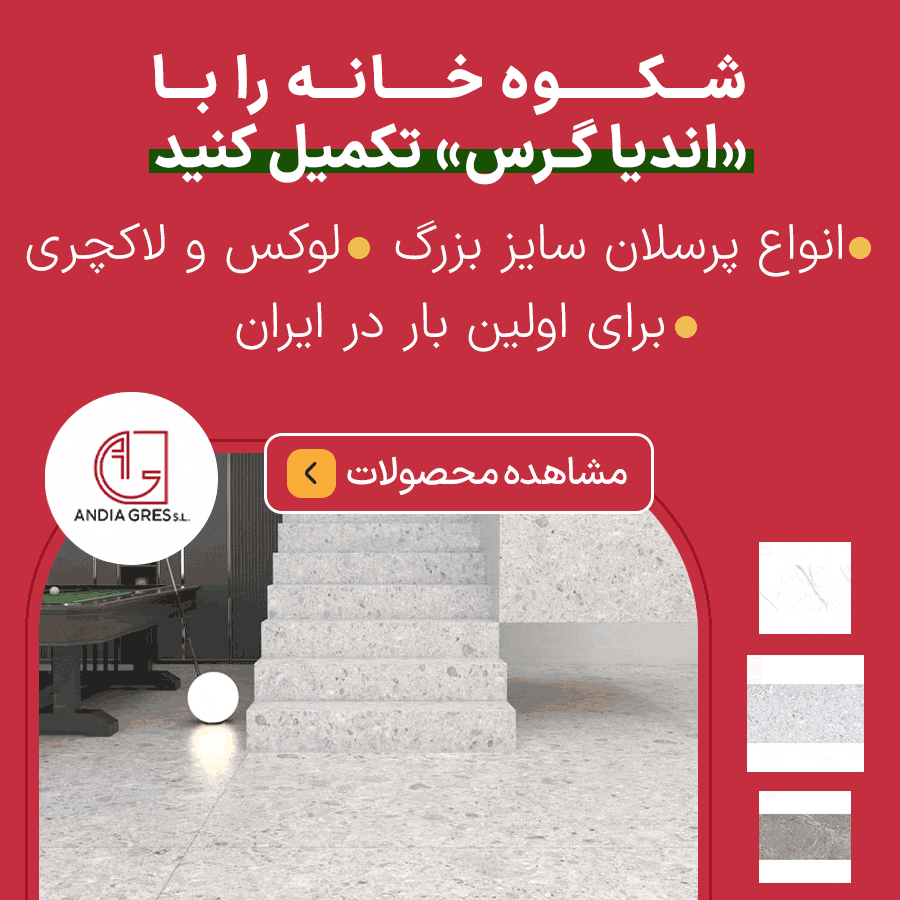




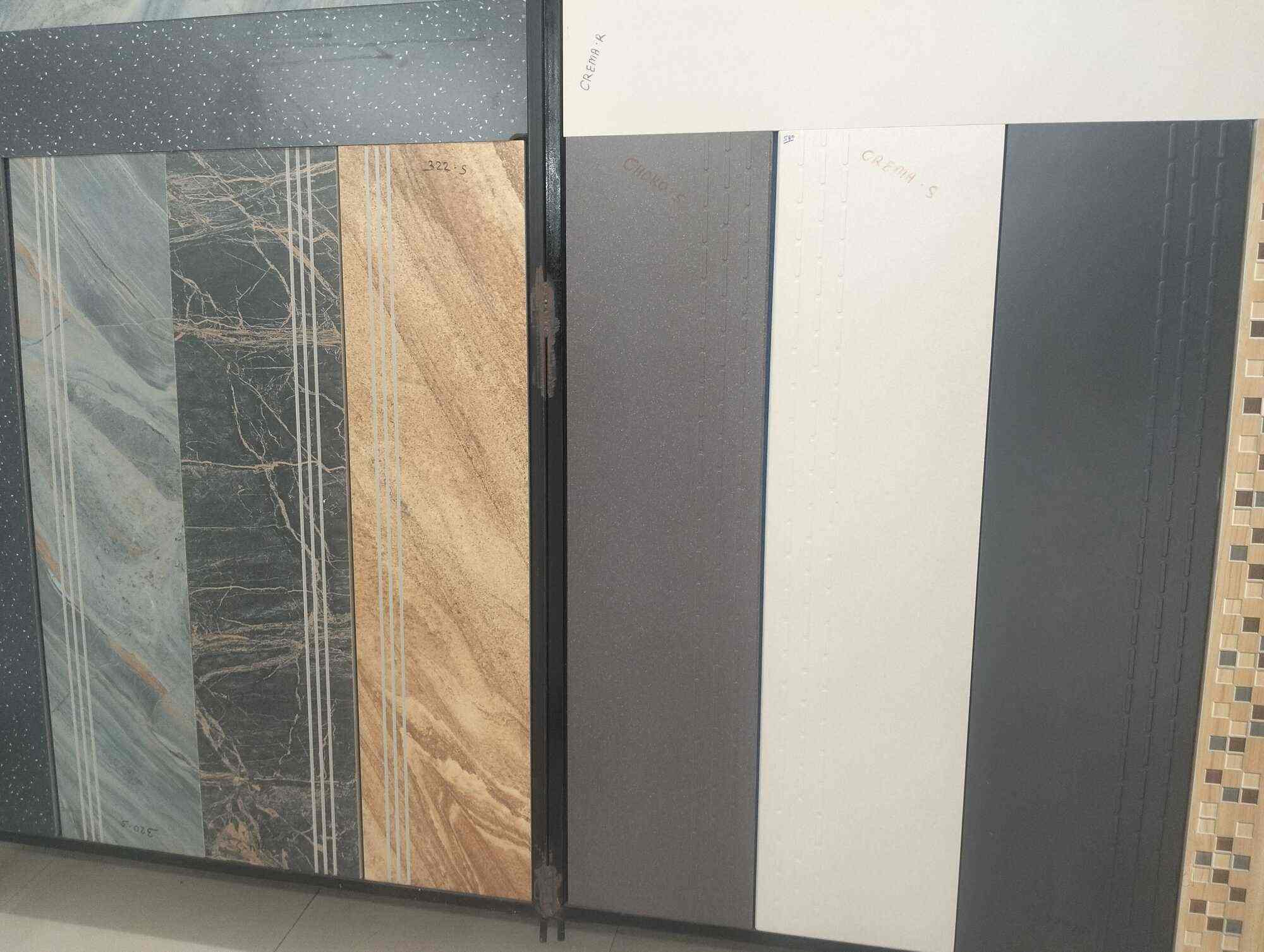
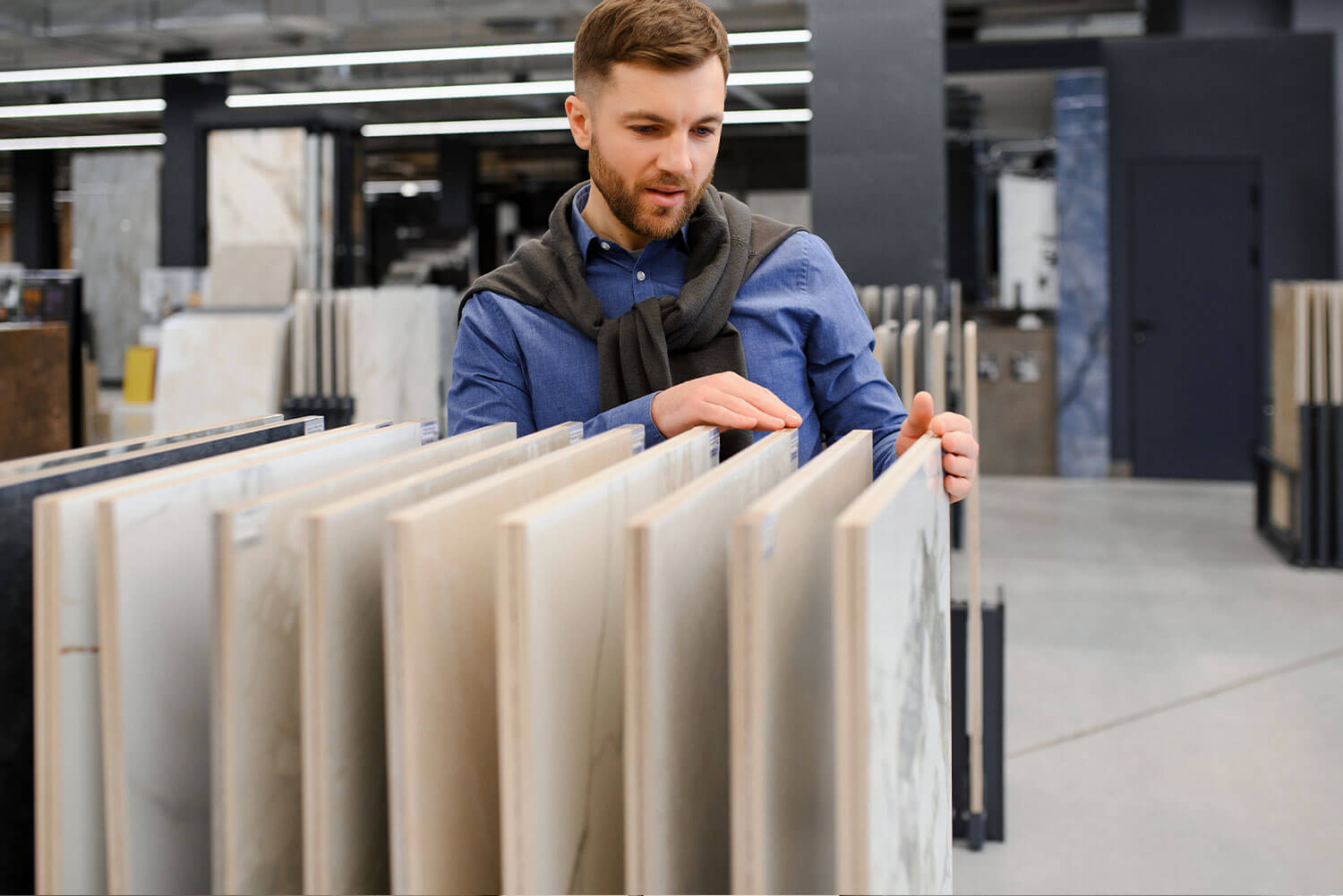
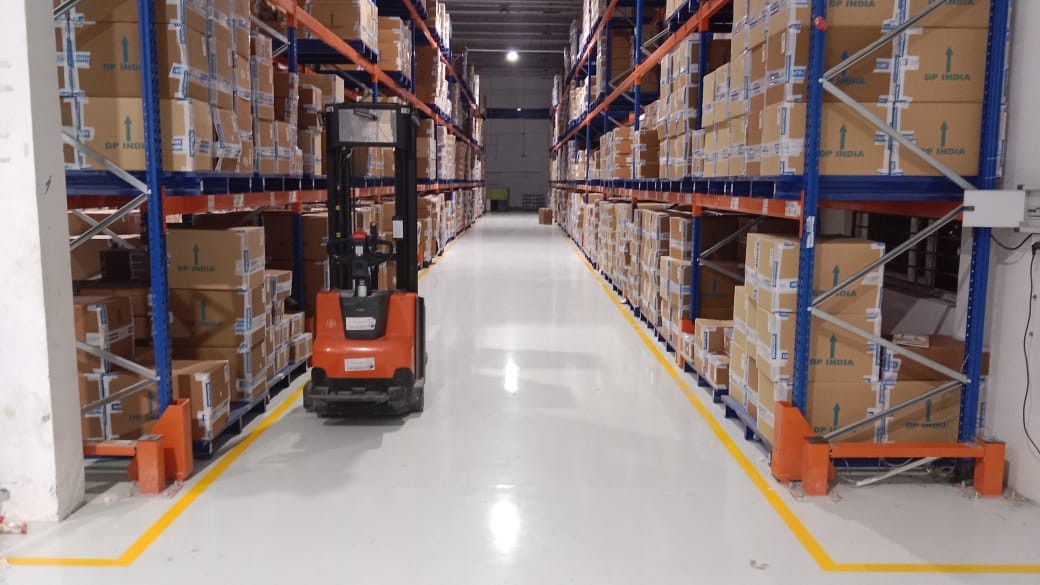
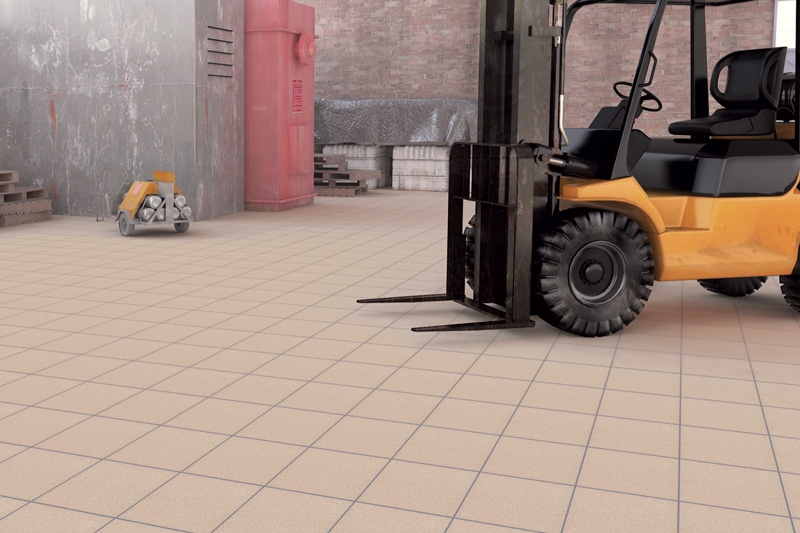




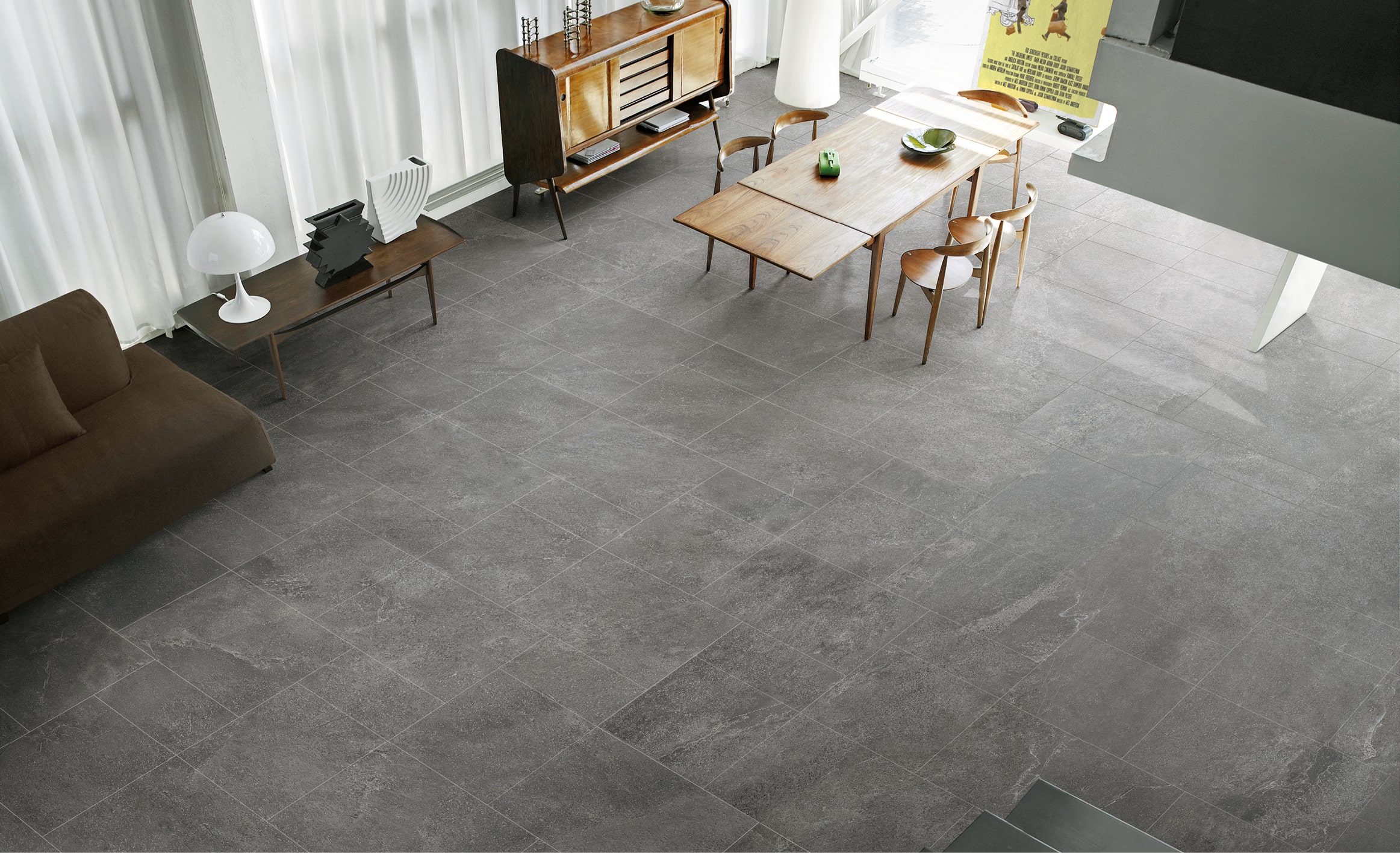
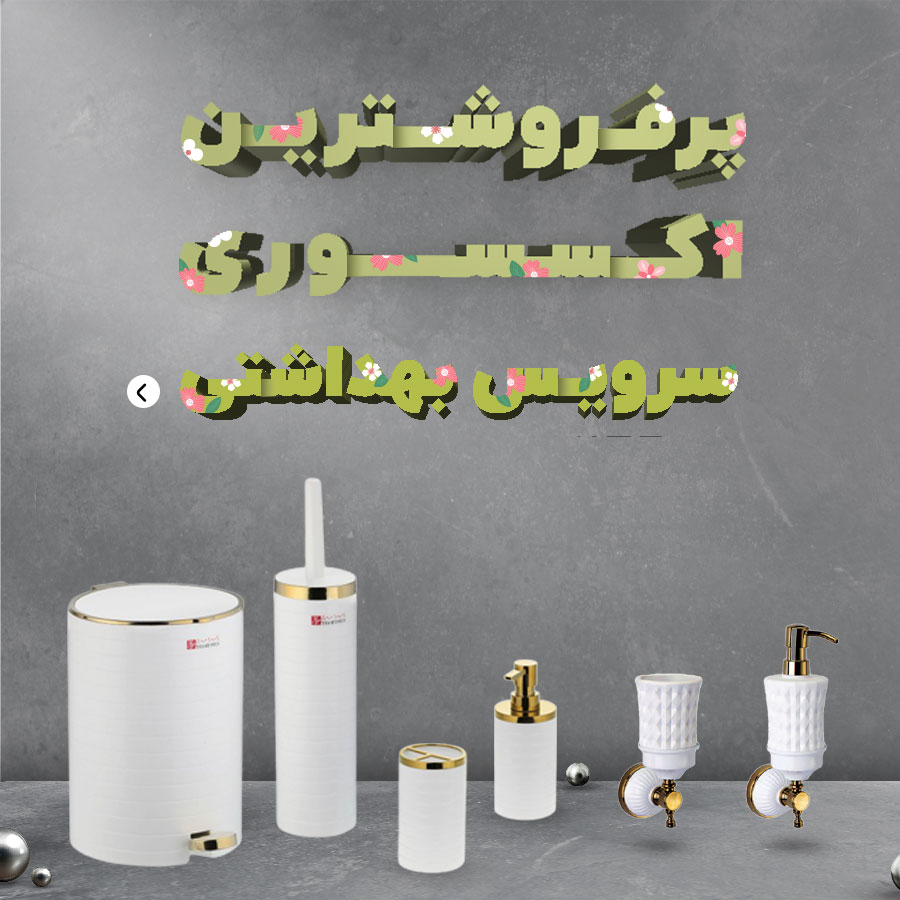

نظرات ۰